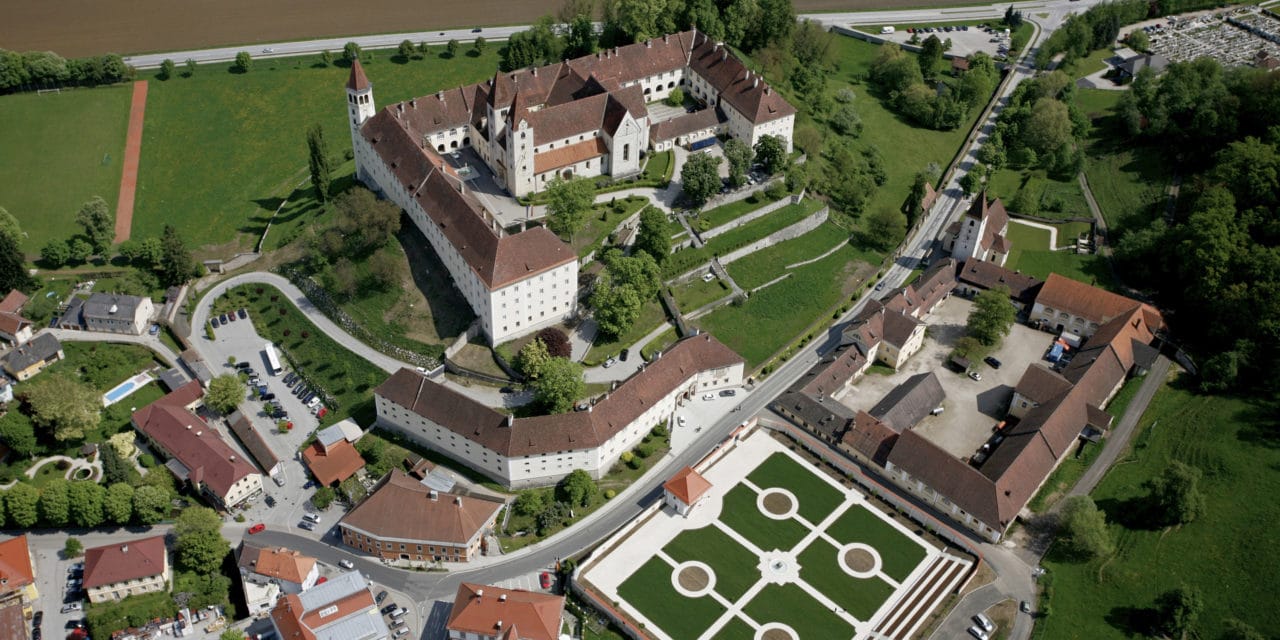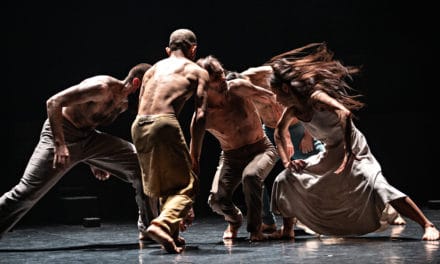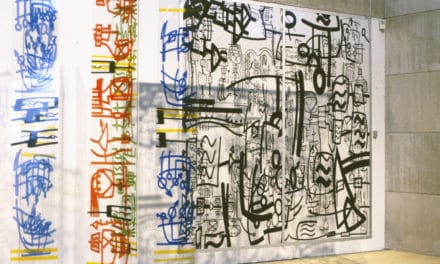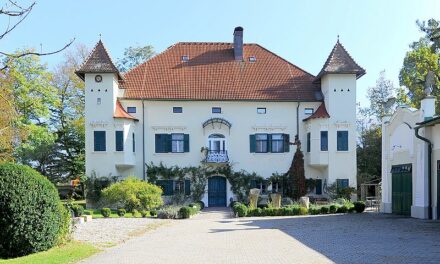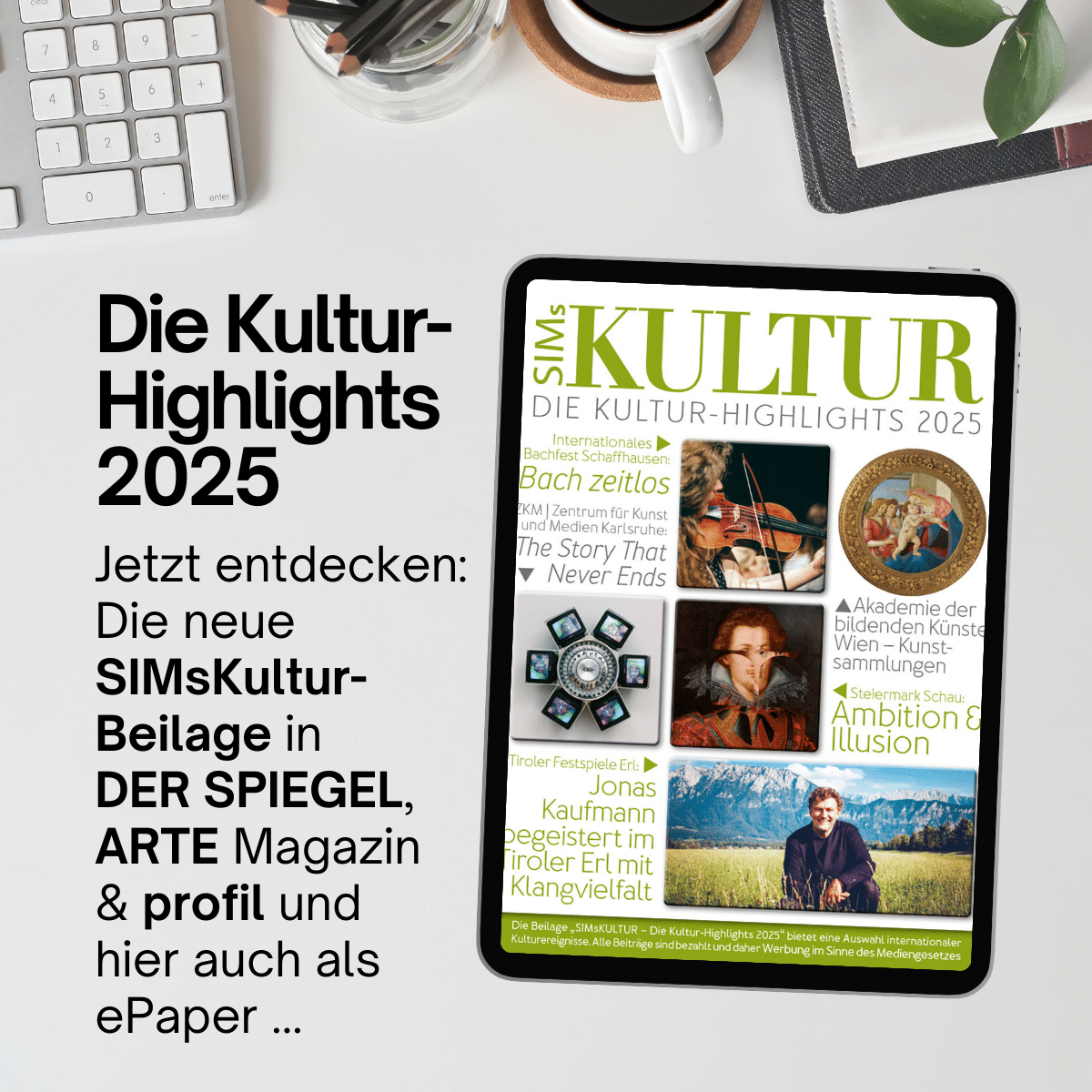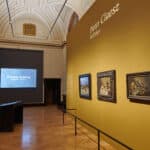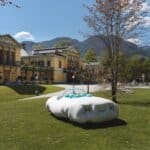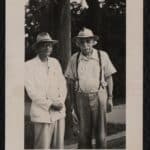Nestled in the fertile landscape of the lower Lavant Valley, St. Paul's Abbey rises on a rocky cone. Where a Roman fort and later the castle of the Spanheim family once stood, Benedictine monks from the famous Hirsau monastery settled in 1091. Its eventful history has seen periods of prosperity and decline.
The former representative rooms of the abbey now serve as the site of the Abbey Museum, which is one of the most valuable private collections in Austria. The museum's halls, some of which are furnished with valuable wooden ceilings from the 17th century, display outstanding art treasures of European quality.
A total area of almost 4,000 m² is available for the museum area of the monastery. The modern infrastructure enables the museum to run smoothly, which, in addition to the quality of what is on display, also allows for professional exhibitions.
The spectrum of objects on display ranges from medieval goldsmith's work and textiles to Renaissance and Baroque treasures and one of the most important collections of manuscripts in the world.
A valuable painting gallery with works by Rubens, Van Dyck, Holbein and the last great baroque painter in Austria, Kremser Schmidt, with an adjoining collection of prints (approx. 30,000 sheets) allows visitors to take a journey through European art history.
Gardens (baroque garden and herb garden)
The gardens invite you to linger and relax. The Baroque garden illustrates the gardening art of the monks, while the herb garden, the "Hildegardium", demonstrates the knowledge of the cultivation and use of herbs for human well-being.
Romanesque basilica
No one should leave St. Paul's without visiting the imposing medieval basilica from the 12th century. The splendor of the architecture with ornate capitals, the impressive fresco decorations (Michael Pacher, Thomas von Villach, Master Heinrich von Gurk) and the dignified furnishings form the worthy setting of the church, in whose crypt the remains of the first Habsburgs rest (among them
the progenitor of the Habsburgs, Anna Gertrude von Hohenberg, the wife of Rudolf I).
Special exhibition 2021: To hell with heaven?
The history of epidemics between fear and hope
The history of mankind knows numerous times of epidemics and diseases that swept entire regions empty. But it also knows the constant struggle for a cure and the findings of natural science and medicine. Wars, famines and natural disasters are regarded as breeding grounds for insidious diseases, which plagued the entire planet as pandemics and left hardly any country unscathed. Great misery shaped generations and led to oppressive fear among the people.
Paracelsus, who was a student at the nearby cathedral school in St. Andrä, gained groundbreaking knowledge in the fight against the plague and is considered one of the great pioneers of medical research in Europe. He was later followed by important doctors such as Robert Koch, Alexander Flemming and Emil von Behring. They all devoted themselves to the fight against major epidemics. The fear of epidemics led to huge pilgrimage movements, especially in the Middle Ages, some of which are still alive today. Where medicine reached its limits, the call to God was made. Healing powers were attributed to saints and important places of grace attracted millions of pilgrims. The stagnant blood of Januarius was believed to herald disaster for the city of Naples and Saint Corona was invoked as a helper during pandemics. The earth is currently plagued by Covid19. History shows, however, that after the epidemics subsided, life was once again upheld and everyone came to the realization: Life is a celebration!
An exciting journey through the history of epidemics shows that, despite all of the severity associated with them, they are part of life and a constant companion of mankind, but that mankind never let them get them down, but always awoke to a new zest for life.
May 1 to October 26, 2021

